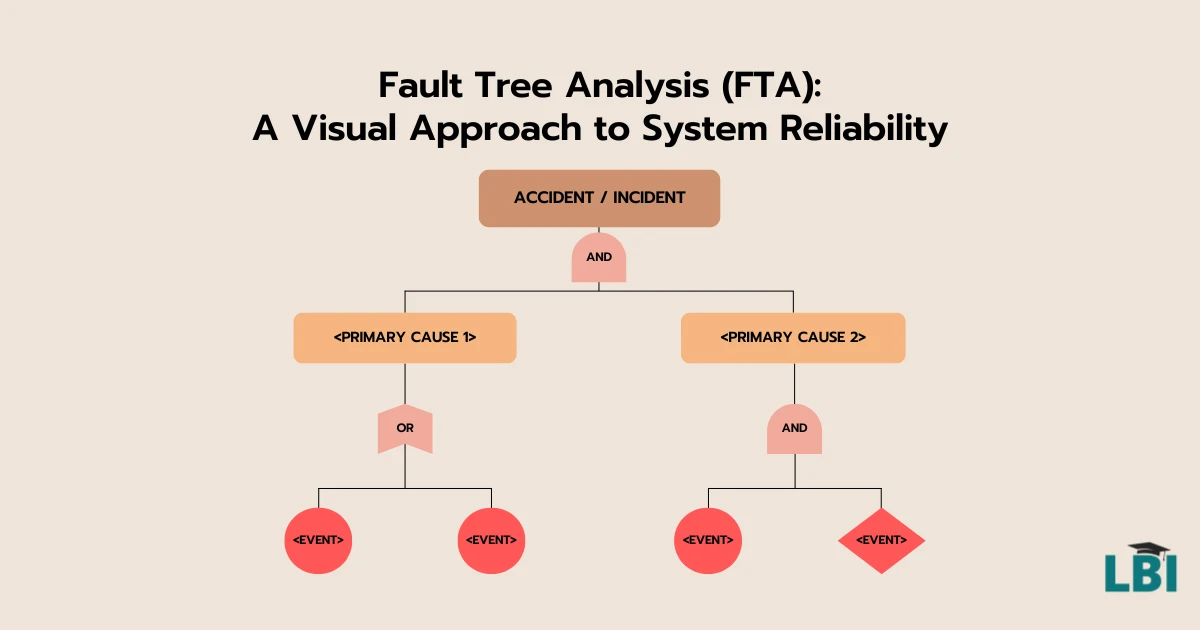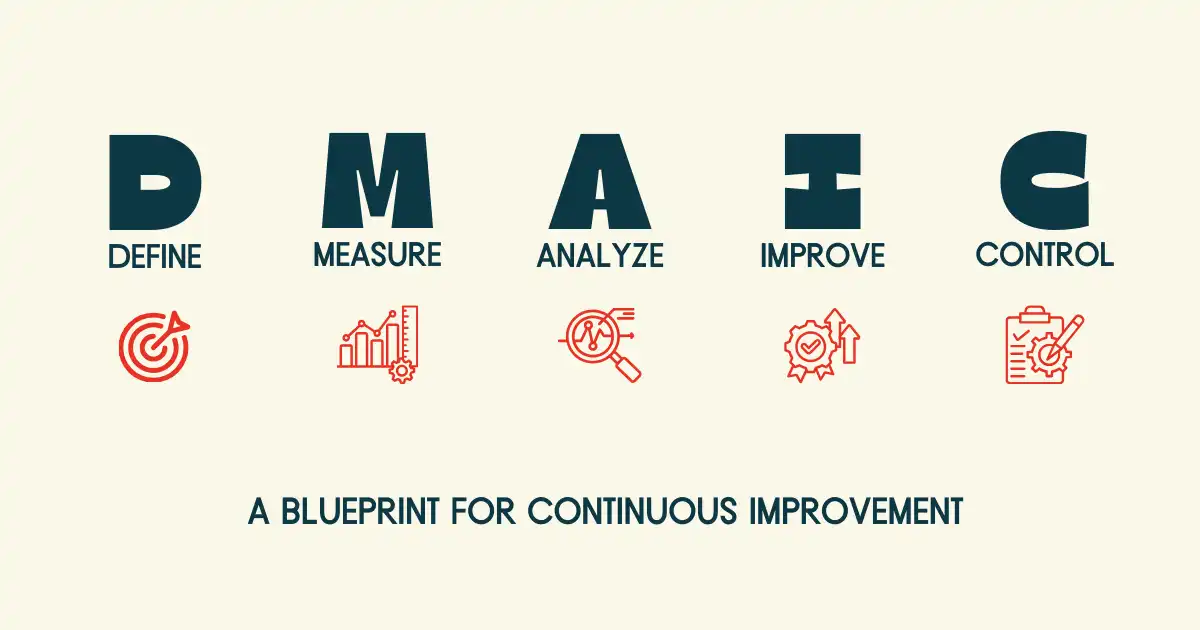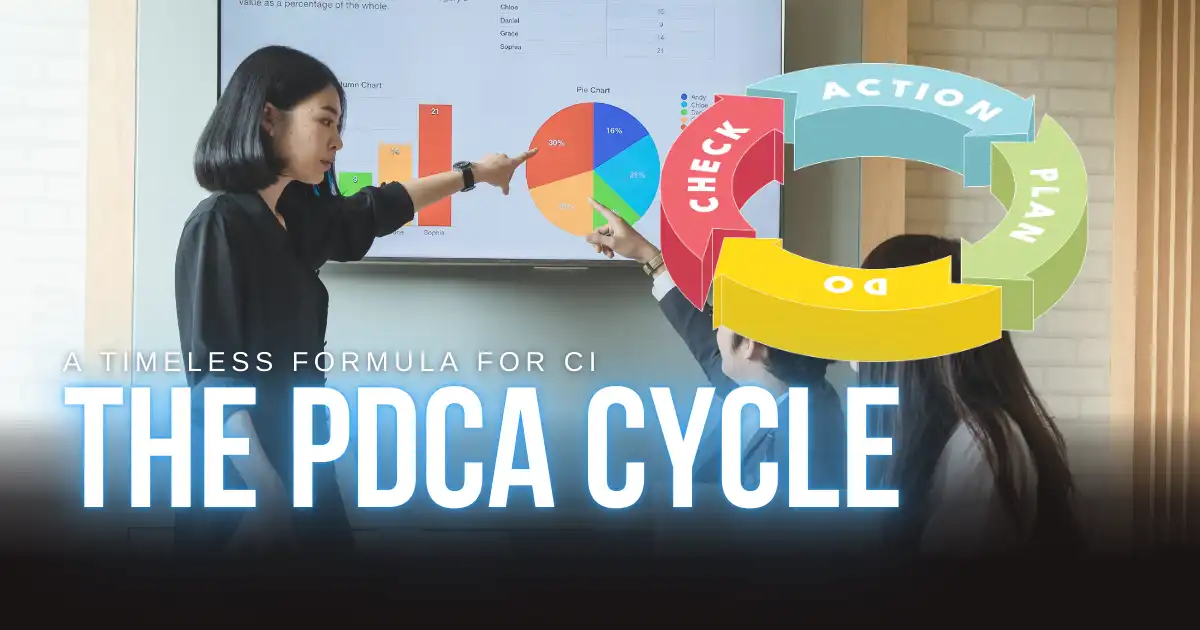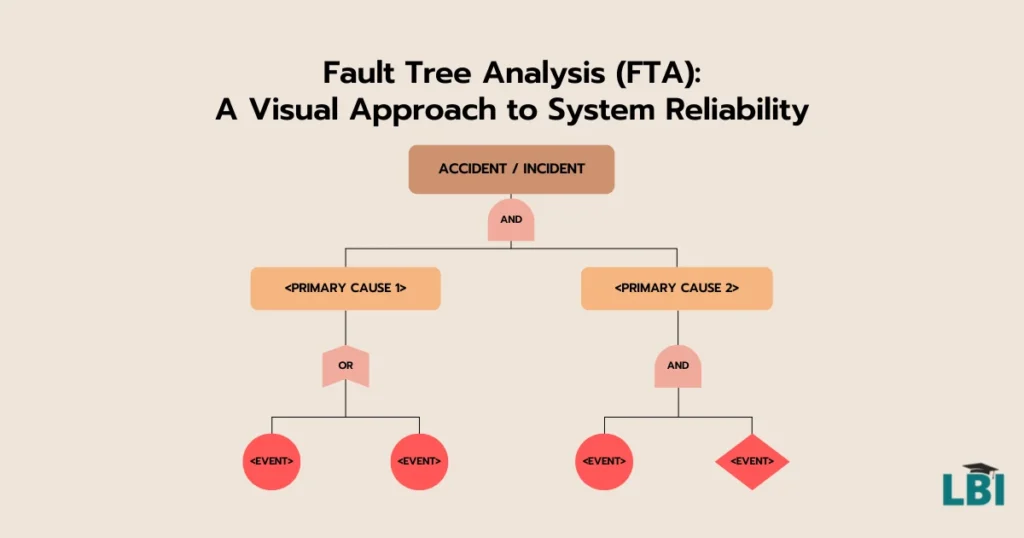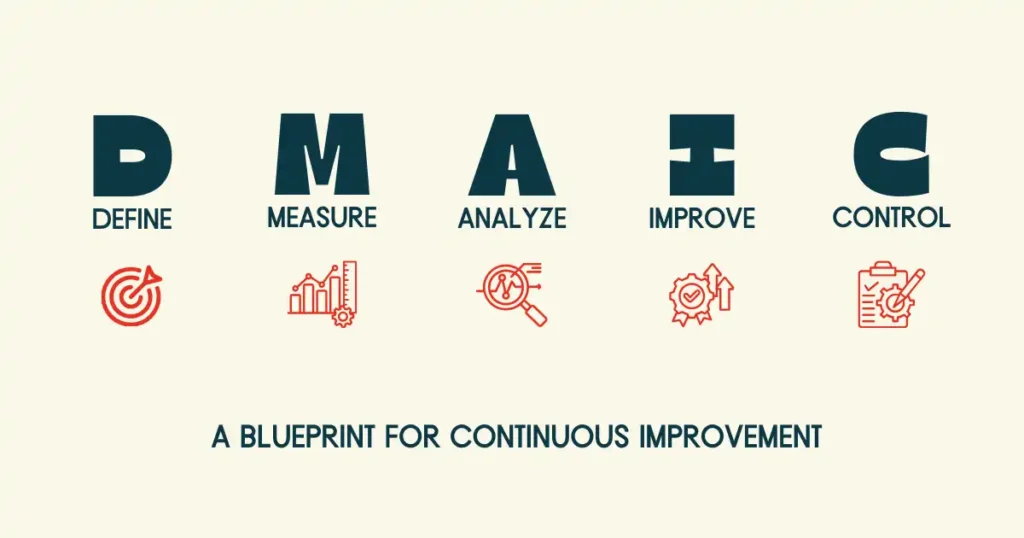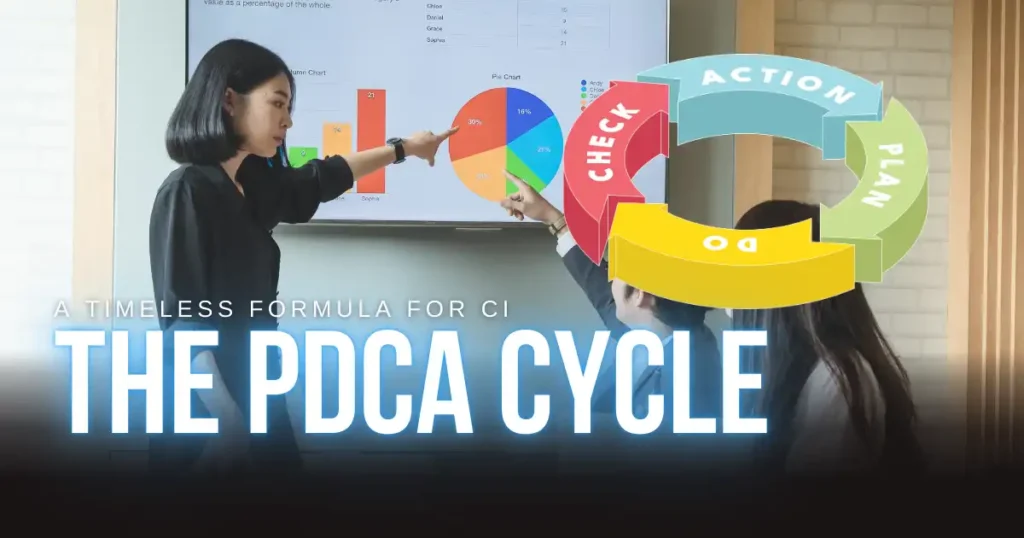Table of Contents
Root cause analysis is an extremely powerful approach which, if delivered correctly, can yield some truly fantastic results for your organization. When it comes to root cause analysis, there are a series of tried and tested approaches ranging from Six Sigma to the 8D process, all of which have the same ultimate goal:
To identify the cause(s) of the problem(s) we are currently facing (or could in the future) and identify the solutions to be deployed to fix these causes for the long term.
Even though there are a range of ways in which root cause analysis can be deployed, there is always a thread of activities, tools and outcomes that link these together. To understand how to successfully deliver a root cause analysis project, we are going to run through a case study example of a root cause analysis project being deployed, how it was deployed and the outcomes.
How did we get it set up?

The characteristics and the setup of this case study are as follows:
Company type: Manufacturing
Company size: 1,000
Department in focus: Product Development
Project characterizes:
- Root cause analysis
- Root cause-focused facilitated workshops
- Reduction of errors, defects and issues
- Reduction of customer complaints
- Improvement of customer satisfaction rates
- Insight to be generated into the reasons behind increased complaints
Given the nature of the industry in hand, manufacturing, the nature of the issues we are dealing with here, errors and complaints, and the aims, to reduce what is going wrong and improve the customer experience and satisfaction, the way in which we approach this work will need to be tailored.
What was the ask?

As with any type of project, whether root cause analysis, business improvement or delivering a new system or technology, knowing exactly what the ask is here is crucial. This ask needs to be defined clearly, concisely and with the nature of the problems being faced firmly in mind. For our case study example, the ask was as follows:
- Understand why the current rate of customer complaints was rising month on month. Here we needed to generate good insight so we could make informed decisions on the project, the solutions and the way forward.
- Reduce the new monthly average number of complaints rate by 90%, from 50 to no more than 5, restoring the longer-term average. This would not only improve customer satisfaction but also reduce the amount of time agents were spending fixing what had gone wrong.
- Fix any process, product or people-related issues that are identified as linked to this increase in complaints. Any processes identified as in scope would need to be reviewed, customer journey mapped and problem areas clearly identified for further investigation.
- Improve this product line’s time to market by reducing the time it takes to get to the customer by 1 day. To secure a reduction of this nature would require a big reduction in process errors, quality issues and waiting time.
- Improve the next customer satisfaction rate from the current 70% to over 80%. This ask is about restoring the long-term average that was lost a year prior and has yet to be restored.
Once you have clearly defined the ask here, from leadership and the wider stakeholders invested in this work, you can move on to think about the approach you plan to take.
What was the approach?

With this approach, you need to know exactly how you plan to tackle the problems and issues you are facing. This involves planning out the approach to be taken, and the key activities, steps and tasks that lie ahead. Luckily, when it comes to root cause analysis, there is a well-trodden path that can be deployed and executed when problems arise.
For our case study example, we assessed the ask, understood the wanted outcomes, and made an informed decision about which parts of root cause analysis and business improvement we needed to bring into the fold and infuse together here to get the most out of this project. The approach was as follows:
- Conducted a series of root cause analysis workshops to understand why customer complaint rates were rising. These workshops included those directly involved in the products and processes that were leading to the increase in complaints.
- Delivered a series of root cause tools including the Fishbone and 5 Whys Diagrams, FMEA and Drill Down. These tools were deployed to enable us to get all potential root causes on the table, to discount any we knew early would not be final root causes and then land on those actual root causes we needed to solution for.
- Conducted Gemba Walks to identify if there were problems in the Product Development / Delivery Processes. This involved deploying some Lean techniques to enable us to build a proper real-life picture of what was happening on the ground, going to where the products were actually being developed.
- Analysed and understood customer and sales data, customer feedback and operational performance metrics. This analysis ultimately led us to understand where the key issues lay, and the impacts of these and gave us the right level of insight to make more informed decisions on the approach to take.
- Reformed the approach to product development by ensuring client touch points in the process were perfected. This included mapping the processes end to end, conducting gap analyses to identify how we could get to future state proposals and mapping out the new future state maps as we were to deploy the processes.
The approach taken focused very much around workshops – meeting people, having in-depth conversations, utilising the knowledge of those in the know – and root cause analysis tools – tried and tested tools that gave us the information and insight needed to make more informed decisions as the project moved forward.
What was the outcome?

This Root cause analysis in manufacturing project lasted around 1 month in total, including the definition, data analysis, workshops, tool delivery, solution identification and delivery. There was some extensive control work conducted after the project to ensure all changes that had been put in place could last the test of time, but this was planned for during the mapping phase.
Once we delivered the project, we could assess the outcome of the project, to see if our root cause analysis efforts yielded the results we as we anticipated. The results were as follows:
- The key reasons behind the spike in complaints came from a reduction in the quality of the product, with the cause linked back to a change in personnel in the internal team. This insight enabled us to completely transform the approach to hiring, training and development within the team, and to deal with this specific issue at source.
- Reduced the monthly average number of complaints rate by 90% from 50 to 3-4 on average here on in. This was achieved by the above, fixing the quality issues that had plagued the development process in recent times and engaging directly with customers to understand from their perspective what had gone wrong, and what they wanted to see in the future.
- Delivered substantial automation to the process, reducing human errors by 95% and speeding up delivery. This was driven by the fact that the vast majority of the errors we were seeing were human-led and were causing extensive quality issues in this development process, but also other processes and products outside the scope of this project. The automation also saw big time savings for the team, time to reinvest back into the development of new products or better quality on existing products.
- Improved this product line’s time to market by reducing the time it takes to get to customers by 1 day. This was achieved by mapping out the key processes end to end, conducting extensive waste analysis (time and cost) and delivering a robust future state based on the guidance of those working in the process. Testing of the new process was conducted ahead of its official deployment.
- Improved the new customer satisfaction rate from the current 70% to over 90% – with feedback being a noticeable difference had been seen. The way in which the survey was produced, the types of questions asked and the thought that went into the new approach to surveying all stemmed from the insight obtained in this project.
As you can see, the outcomes we achieved were above what we originally set out to achieve, and without the approach taken, would never have been fully realized. That is the power of root cause analysis when done right and done well.
Root cause analysis in manufacturing: A case study video
Conclusion
By adopting a well-thought-through, root cause analysis methodology, and utilizing the best of the approach (workshops, tools etc.) we were able to deliver a truly fantastic outcome. The outcome was one that has lasted to this day, as the insight generated through the work completed gave us the right knowledge needed to build long-lasting control measures. It also gave the organization the confidence to embark on such root cause analysis efforts again in the future, which is one of those unexpected but highly welcome outcomes.
Check out our root cause analysis course here to learn how YOU can successfully deliver this approach in your organization.




